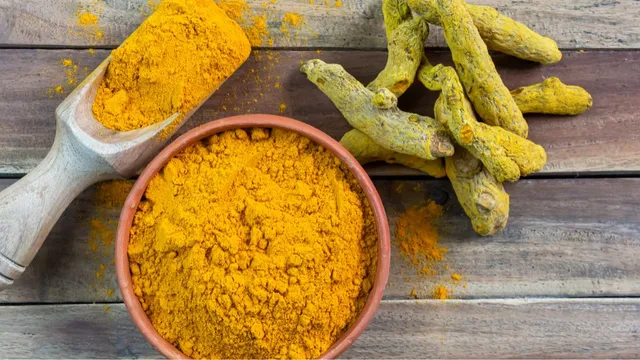- By Iram Hussain
- Thu, 10 Oct 2024 02:46 PM (IST)
- Source:JND
Turmeric, a staple spice of the kitchen is widely used in Indian homes. Its anti-inflammatory and antioxidant properties make it a valuable addition to daily cooking and traditional remedies. This golden spice is not only relished in different dishes but also supports immune function, digestive health and joint well-being. Besides, it also finds a prominent place in a skincare routine. Curcumin, turmeric's active compound packs unparalleled potency. Thus, its widespread use increases the risk of adulteration with artificial colours, chemicals, harmful metals and dyes.
Ensuring the purity of turmeric powder is crucial to prevent health risks. Here are some quick and effective ways to test the purity of haldi powder which you can easily perform at home.
Tests To Check The Purity Of Haldi Powder
Palm Test
Check haldi's purity with a simple palm test. Pure turmeric leaves a vibrant yellow stain when rubbed against the skin for a few seconds which will verify its authenticity. This easy, DIY method will help you to identify fake turmeric powder.
-1728551568808.jpg)
Ways to check the purity of turmeric powder (Image Credits: Canva)
Solubility Test
Perform the solubility test to verify its purity. Mix one teaspoon of turmeric powder with warm water in a glass. Original haldi will settle at the bottom while adulterated varieties turn dark yellow, remaining suspended or floating. This simple test helps to detect impurities and signals you to avoid that turmeric powder soon.
Visual Test
Pure turmeric boasts a vibrant, deep golden-yellow colour. In contrast, contaminated or adulterated turmeric displays a lighter, dull yellow shade. This instant visual inspection helps identify authentic turmeric.
ALSO READ: How To Check Adulterated Buckwheat Flour During Navratri? Try These 4 Simple Ways

